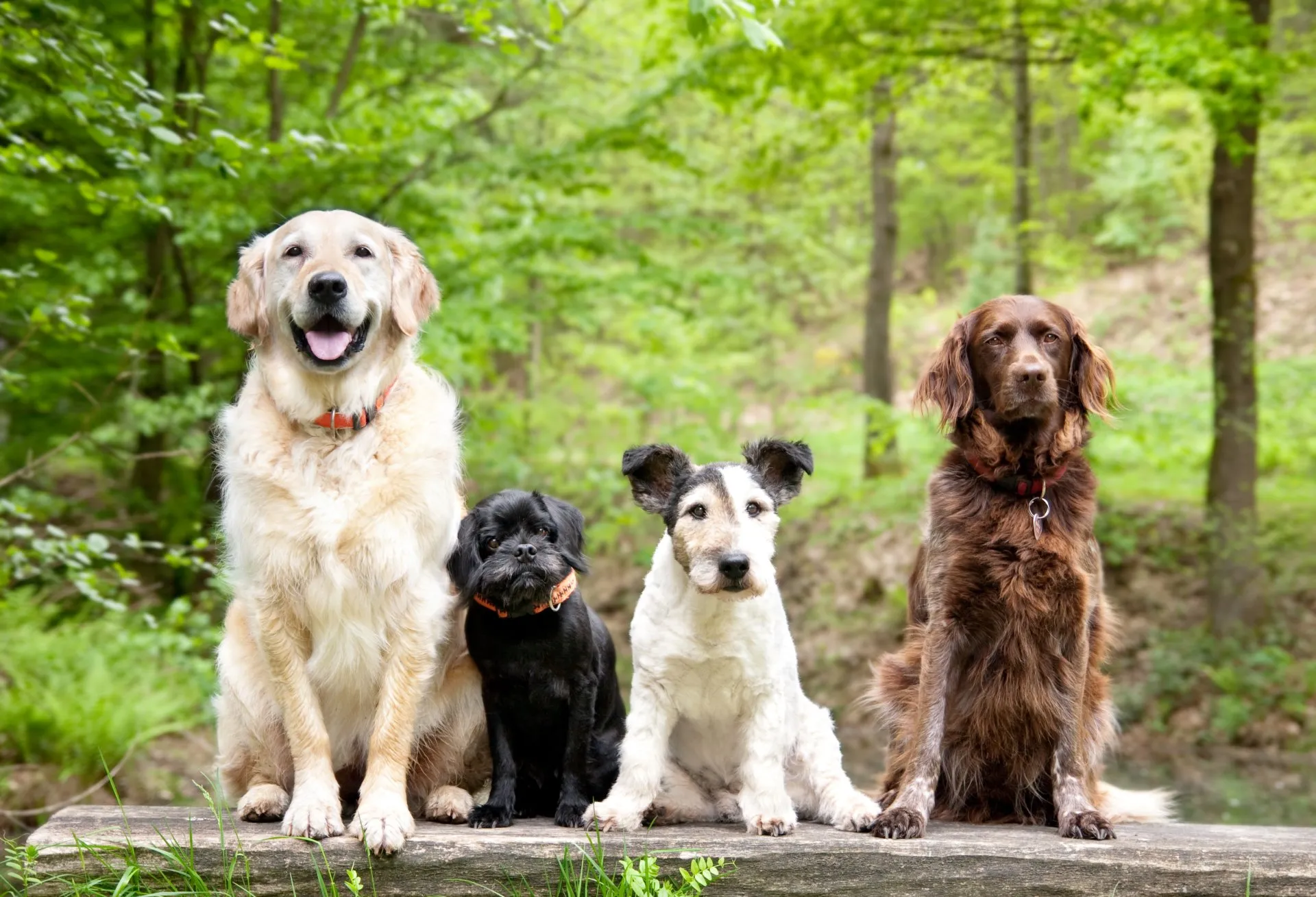It’s well-known that dogs thrive on positive interactions and clear communication. When it comes to training, understanding the most effective ways to encourage positive behavior in your dog can make all the difference. This article dives into practical strategies that not only simplify the training process but also strengthen the bond between you and your furry friend. By focusing on positive reinforcement and consistency, you’ll discover how to turn your dog’s training sessions into enjoyable and rewarding experiences for both of you. Read on for expert tips that can transform your dog’s behavior.
Training your dog can feel like a full-time job at times. However, there are some strategies you can use to make the process a little easier. Read on as a vet offers some tips on how to encourage positive behavior in your dog.
Positive Reinforcement Is Key
The goal of dog training is to create a well-behaved dog who will do what you tell him to do. The most effective way to achieve this goal is by using positive reinforcement techniques. When training your dog, try to remember that they are not humans and respond differently than we do. Therefore, if you want your dog to learn quickly and easily, you need to make sure that you’re using positive reinforcement methods.
Tips on How to Encourage Positive Behavior in Your Dog
Even top dog trainers can’t make a dog do what it doesn’t want to do. The key to training is getting your dog to WANT to do the behavior, and then rewarding it when they get it right!
Dogs are a lot like people. They like to be praised when they’ve done something right. The problem is, we don’t always know what our little buddies are thinking!
Here are some tips on how to encourage positive behavior in dogs:
Effective Ways to Encourage Positive Behavior in Your Dog Through Training in 2025
How does positive reinforcement training work?
Positive reinforcement training works by rewarding your dog for desired behaviors, making them more likely to repeat those actions. This method relies on using treats, praise, or affection immediately after your dog performs the correct behavior. Dogs learn that good actions lead to positive outcomes, which motivates them to continue behaving well. It’s important to start with simple tasks and gradually increase difficulty, ensuring the process remains enjoyable and stress-free for your dog. Consistency in commands and rewards is crucial for effective training and long-term behavior improvement.
What are the best types of rewards to use in training?
The best types of rewards for dog training are those that effectively motivate your dog and reinforce positive behavior. Treats are highly effective, especially when given immediately after the desired behavior. Praise and affection also work well, as dogs respond positively to verbal encouragement and physical touch. It’s important to choose rewards that your dog finds valuable, which may vary based on their preferences. Consistency is crucial; using the same rewards for specific behaviors helps your dog understand and repeat the desired actions, leading to successful training outcomes.
What are some specific verbal cues to use in training?
When training a dog, clear and consistent verbal cues are essential. Common cues include “sit,” “stay,” “come,” and “down.” Use a firm yet positive tone to communicate these commands, ensuring that your dog associates the word with the desired behavior. Always follow the cue with a reward, such as a treat or praise, when the dog responds correctly. This reinforces the behavior and strengthens the association between the verbal cue and the action. Consistency is key—use the same word for each command to avoid confusion.
How can owners find a professional dog trainer who uses positive reinforcement?
When searching for a professional dog trainer who uses positive reinforcement, owners should look for trainers certified by reputable organizations like the Association of Professional Dog Trainers (APDT) or the International Association of Animal Behavior Consultants (IAABC). These certifications ensure the trainer adheres to humane, science-based methods. Additionally, owners should ask potential trainers about their techniques, specifically seeking those who emphasize rewarding good behavior with treats or praise rather than punishment. Observing a training session can also help determine if the trainer’s approach aligns with positive reinforcement principles.
How does routine impact a dog’s behavior?
Routine plays a crucial role in shaping a dog’s behavior. Consistent daily routines help dogs understand expectations, reducing anxiety and promoting positive behavior. When a dog knows what to expect, whether it’s feeding time, walks, or training sessions, they feel secure and are more likely to respond positively to commands. This predictability also aids in house training and obedience, as the dog learns appropriate behavior patterns. Regular routines, combined with positive reinforcement, create a stable environment that fosters well-behaved and content dogs.
If you have more questions or wish to schedule Fido for a wellness checkup, our Vet Wellness and Pet Vaccinations service can help ensure your dog is healthy and up-to-date on all necessary preventative care. Regular check-ups are an important part of maintaining your dog’s overall health and can contribute to their positive behavior. Feel free to call your local animal clinic in Carlisle, ON today to schedule an appointment or discuss any concerns about your dog’s health and behavior!




!Social Media Icons